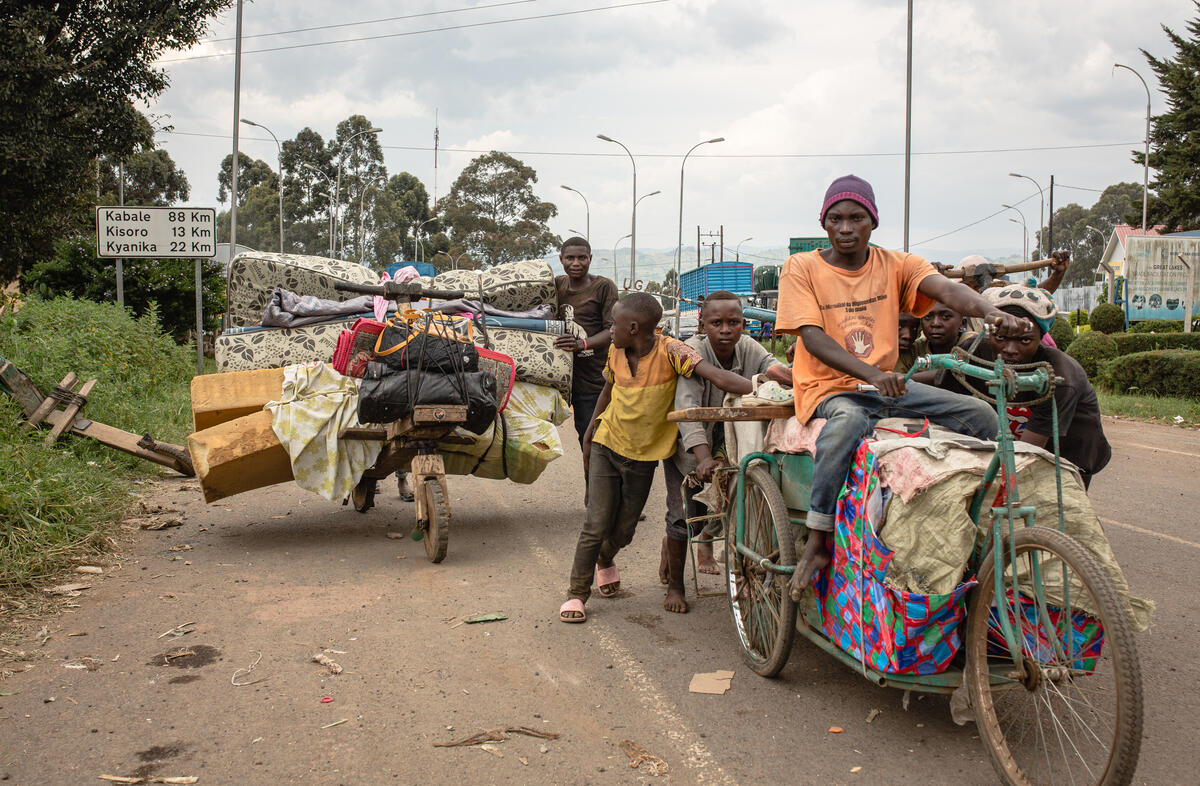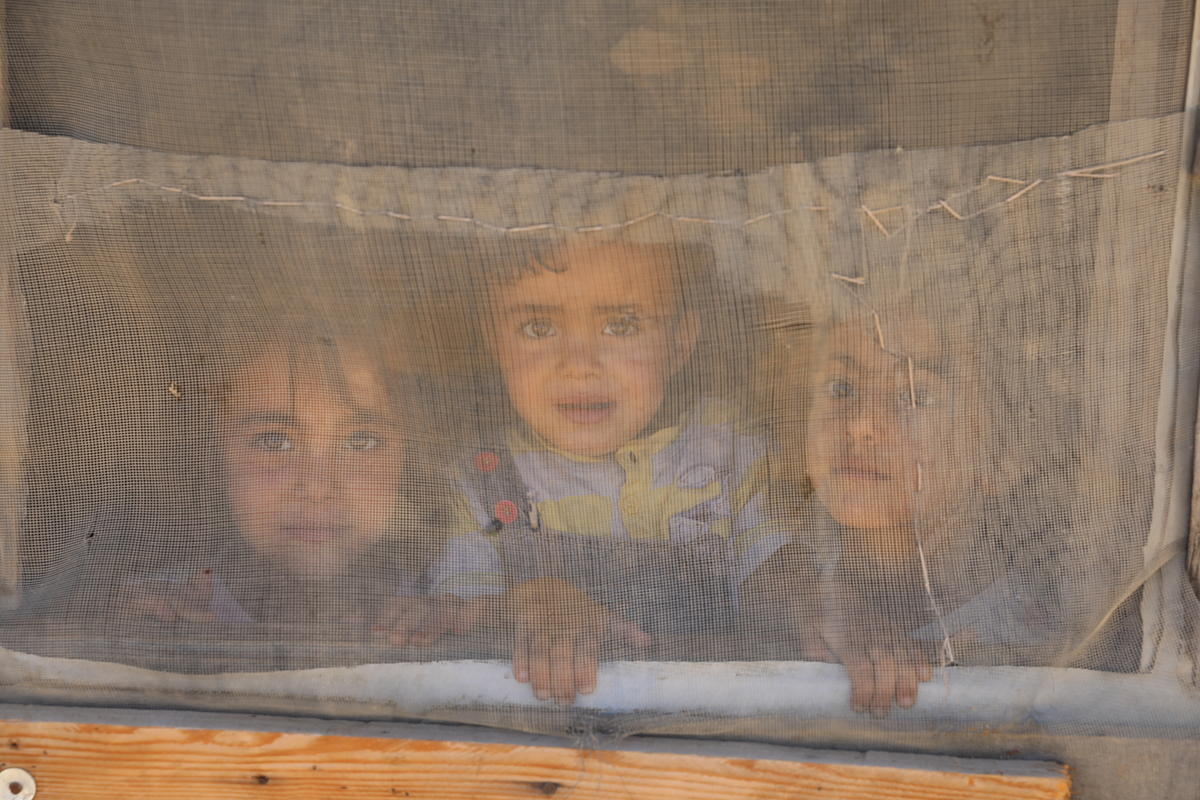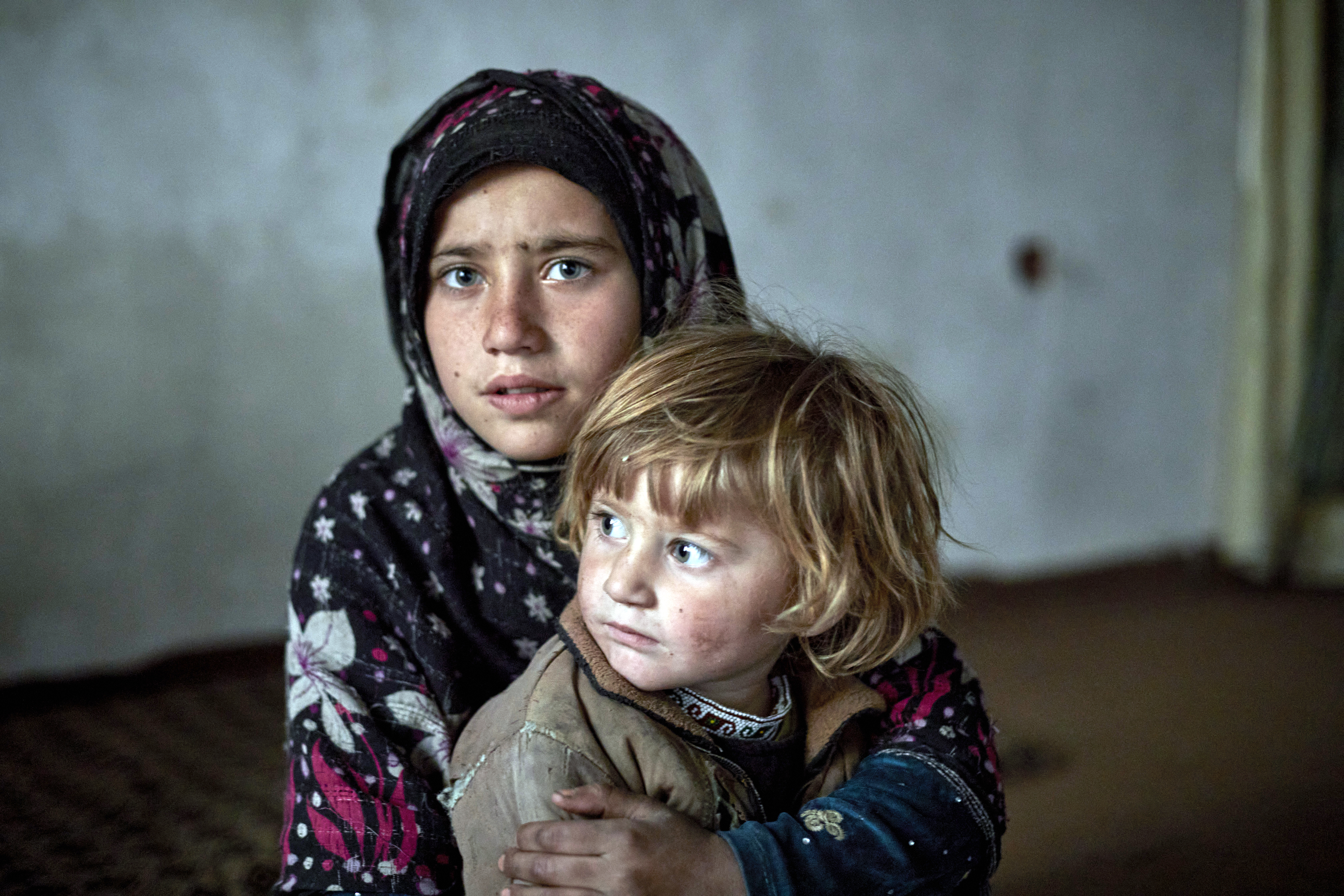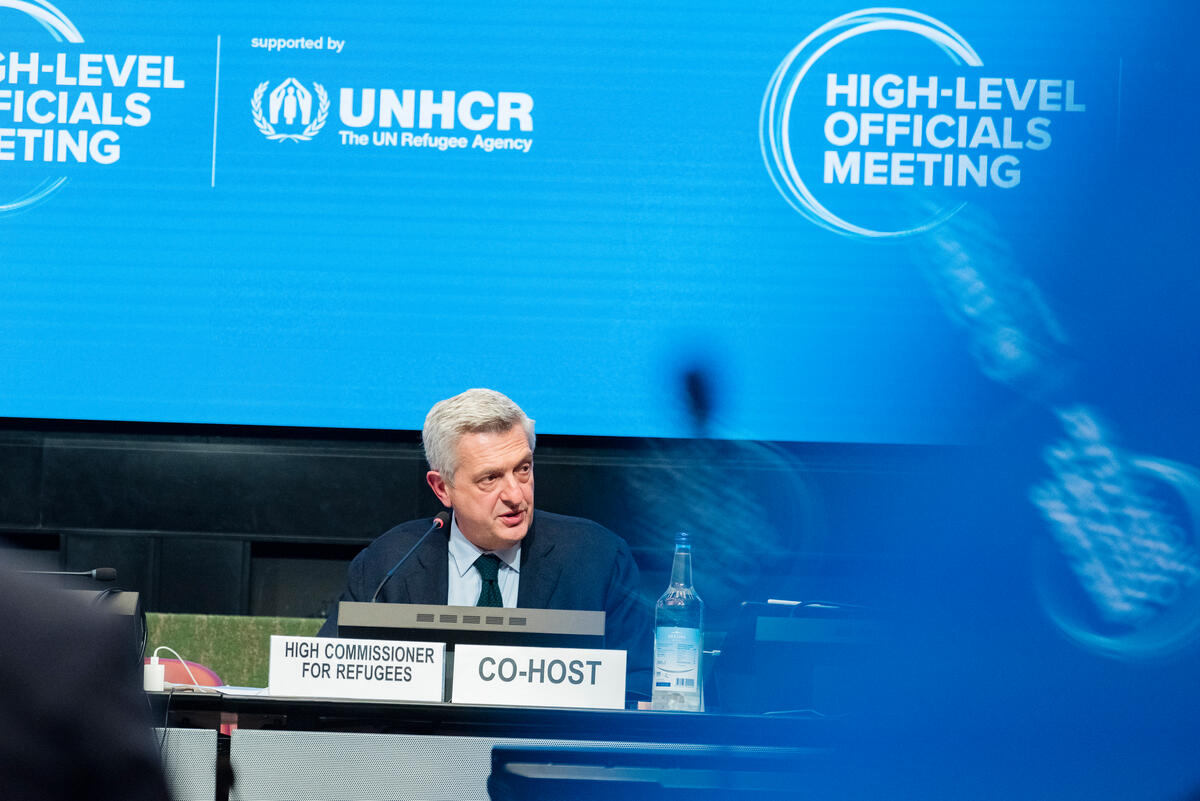Canada offers new lease of life to Afghan refugees in Central Asia
Canada offers new lease of life to Afghan refugees in Central Asia

DUSHANBE, Tajikistan, Nov 4 (UNHCR) - The UN refugee agency and the Canadian government have teamed up in programmes that could resettle nearly 2,000 Afghans who had been stranded in Central Asia for years with no hope of returning to their homeland.
Two Canadian immigration officers have just concluded weeks of interviews in Tajikistan that are likely to lead to the resettlement of about 1,000 Afghan refugees. At the same time, UNHCR announced in Turkmenistan that Canada had accepted some 140 refugees interviewed there - 64 Afghans, followed by 47 ethnic Armenians who had fled Azerbaijan and 34 ethnic Turkmen from Iran.
Simultaneously, 511 Afghan refugees accepted by Canada earlier this year from Kyrgyzstan - where the programme was designed and tested - are now arriving in their new home, a few families at a time. And the UNHCR office in Tashkent has arranged for Canadian immigration officials to consider 360 people for interviews starting shortly: all but three were either Afghans stranded because they were students in the former Soviet Union or their families.
While UNHCR's preferred "durable solution" for refugees is a return to their homes, there are often some who cannot return. The only alternative then is integration in the country that provided asylum, or resettlement in a third country.
That last option was the only hope for many of the refugees scattered in the former Central Asian republics of the Soviet Union.
Many Afghan refugees were associated with the government of Najibullah, who was overthrown in 1992, and even a peripheral link with his pro-Soviet regime - such as studying in the former Soviet Union - could still prove fatal to a returnee. And the host countries have been reluctant to grant citizenship to refugees, closing off that solution for most.
"We had problems with both the mujahideen and the Taliban," said Bashir Ahmad Mavlavizoda, whose family has been accepted for resettlement in Canada from Tajikistan and hopes to be leaving early next year. "The mujahideen plays the role of the Taliban and vice versa. They are still there."
Although he and his family were fasting when interviewed during the Muslim holy month of Ramadan, in the view of some of the ex-mujahideen still holding powerful positions in Afghanistan, his interpretation of Islam made him a communist.
Currently nine governments - the United States, Canada, Australia, Sweden, Norway, Finland, New Zealand, Denmark and the Netherlands - receive most of the refugees who are annually resettled. Last year, of the nearly 27,000 refugees resettled by UNHCR, 13,987 went to the United States, 4,749 to Canada and 3,935 to Australia.
UNHCR is also working to find other states willing to accept vulnerable people and to strengthen recently introduced programmes in places like Chile, Benin, Burkina Faso, Brazil, Ireland, Iceland and the United Kingdom.
In the case of Canada, its official programme of accepting immigrants from around the world includes an annual quota of up to 7,500 refugees. That prompted UNHCR representatives in Central Asia to invite Canadian officials to interview their Afghan refugee population.
"We identified the need in Central Asia and thought the people would benefit, so said 'Let's try,'" said Brian Casey, head of the immigration section in the Canadian embassy in Moscow that has overseen the programme. "We are dealing with a relatively small population - but just a small movement makes a big impact."
Canadian officials flew in and examined each of the cases compiled by UNHCR offices in the capitals of Tajikistan, Turkmenistan and Kyrgyzstan. Although the acceptance rate was high - more than 80 percent in Kyrgyzstan - some individuals were screened out by joint Canadian-UNHCR analysis because of security concerns or past involvement in the notorious security services.
But the vast majority was just an unfortunate group caught in the shifting politics of an Afghanistan that was falling apart even before the Soviet invasion of 1979. Some were moderates who did not back the communist rulers of the 1980s but refused to support the resistance of the mujahideen guerrillas. Some were merely teachers, journalists or bureaucrats who continued to work through the Najibullah era, earning the undiminished suspicion of the anti-communist forces that eventually triumphed.
Among the most unfortunate were scores of Afghans who had arrived as young orphans when Central Asia was part of the Soviet Union. They have almost no memories of Afghanistan and no family ties, but just being the children of those associated with the Najibullah regime could be enough to condemn them to death.
The numbers to be resettled in Canada are modest when seen in terms of the total Afghan population still outside their borders. Despite more than 3.3 million Afghans repatriating since the fall of the Taliban regime in Afghanistan in late 2001, an estimated million remain in Iran and a million just in the refugee camps of Pakistan - with perhaps double that number of Afghans in the cities of Pakistan.
But the Afghan refugee populations in Central Asia are, in many ways, different from the majority of those in Iran and Pakistan. They tend to be more educated - either before their arrival or because they received better education after reaching asylum. Their claims to refugee status - the fear of persecution if they return to their homeland - are often better documented.
And a resolution of their cases also has a greater effect. Compared to Iran and Pakistan, there were relatively few Afghan refugees in the three Central Asian countries at the start of this programme; around 2,500 in Tajikistan, 2,300 in Uzbekistan, 1,200 in Turkmenistan and 650 in Kyrgyzstan. The resettlement of such a large proportion to Canada raises hopes that a solution is now in sight for all of these Afghan refugees.

Of the remainder, other countries may take some for resettlement. US officials are expected in Turkmenistan later this year and in Tajikistan early in 2005 to interview the dwindling number of refugees there. A few refugees might still decide that conditions inside Afghanistan have improved enough that they can return. And a small, manageable residual number might be accepted as citizens in their countries of asylum since many - such as Afghan Tajiks in Tajikistan and Afghan Turkmen in Turkmenistan - have the same ethnicity as their hosts.
A quarter century after UNHCR began caring for Afghan refugees, hopes are rising for an end to the problem. Increasing stability and economic growth inside Afghanistan have drawn millions of Afghans back from Iran and Pakistan, while cooperation between Canada and UNHCR has demonstrated that there are solutions also for those refugees who cannot go home.
By Jack Redden in Dushanbe, Tajikistan









